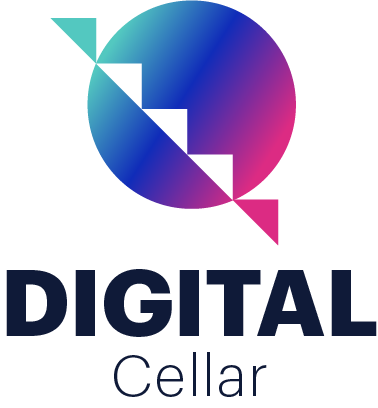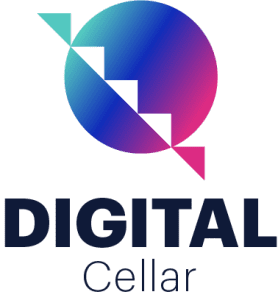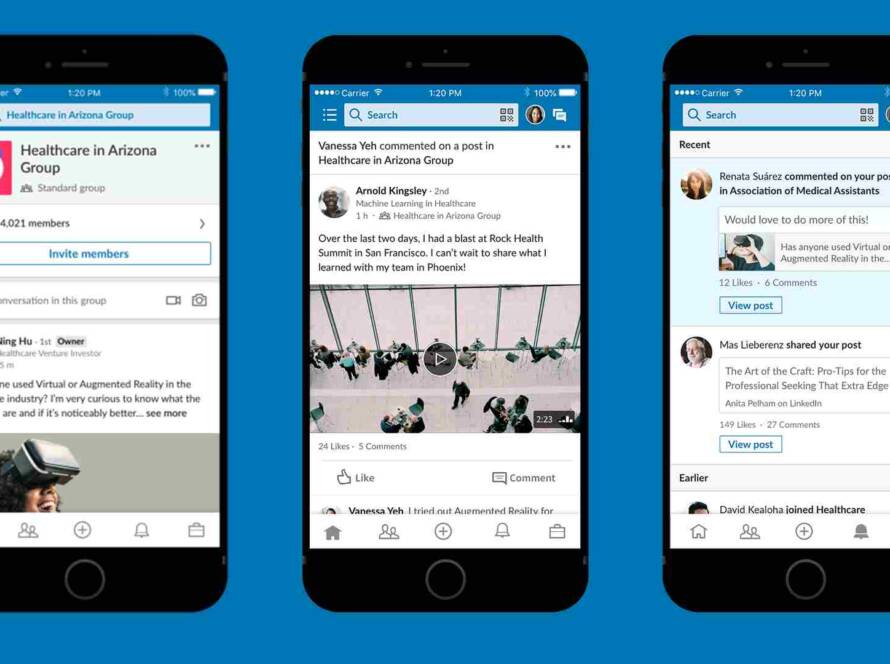What Defines As Quality Content?
Quality content in marketing is how you create stuff – be it articles, videos, social media posts, or podcasts – that is not only interesting but also engaging, useful and relevant to your audience.
But, here’s a bit more about it, quality content should provide value to your audience. It is supposedly informative and helpful. Whether it’s solving a problem, answering a question, or sharing new insights, your content should make the audience feel they’ve gained something. You also have to keep it engaging and interesting. This could mean being entertaining, thought-provoking, or emotionally engaging. Your content should be telling a story that your audience doesn’t want to end.
Make sure it is relevant to your audience. It speaks directly to the interests, needs, or problems of them. Write it in good grammar, clear language, and a tone that resonates with your audience. If it’s a video or podcast, the production quality should be good – clear sound, good lighting, etc. You can also step up your content by adding up some research. Back up your claims with data, cite sources, or share expert opinions. Be trustworthy and credible.
This could be a significant addition if you can produce unique and original content, something different. IT could be a new perspective on a common topic, unique insights, or personal stories. Last but not least, create SEO-Friendly content (for written content). This includes using the right keywords, having a good structure, and making it accessible to search engines. Therefore, you are leaving a footprint for Google to find and show your content to more people.

Forms of Quality Content:
- Blog Posts and Articles: Informative pieces that delve into topics of interest to your audience.
- Videos: These can range from tutorials and reviews to behind-the-scenes glimpses or storytelling pieces.
- Infographics: Great for visual learners, they present information in an engaging, easy-to-digest format.
- Podcasts: An increasingly popular format, perfect for in-depth discussions or sharing stories.
- Social Media Posts: These can be quick tips, updates, or just fun posts to engage your audience.
Why is Quality Content Important?
Quality content is super important for your brand because it’s not just about filling up your website or social media pages with stuff; it’s about ensuring that stuff is good – so good that people want to read, watch, share, and come back for more.
Quality content is crucial because it affects how people perceive your brand, how easily they can find you online, and how they engage with you. Your content will create a strong brand identity because it reflects your brand’s voice, values, and personality. It’s about providing value and making a lasting impression – not just being seen but being remembered and respected.
To further emphasise the importance of quality content, let’s take a look at how it impacts several aspects of marketing.
How Quality Content Can Improve Conversion Rate Optimisation
Quality content plays a crucial role in Conversion Rate Optimization (CRO), serving as a cornerstone for attracting, engaging, and converting potential customers. In today’s digital age, where consumers are inundated with information, delivering content that stands out is key to capturing and retaining consumer interest, ultimately leading to higher conversion rates.
Firstly, quality content helps in establishing trust and credibility. When content is well-researched, informative, and relevant, it positions a brand as an authority in its field. This credibility encourages consumers to trust the brand and consider its products or services as viable solutions to their needs.
Secondly, effective content tailors the user experience. By understanding and addressing the specific needs and pain points of the target audience, content can be crafted to resonate with them on a personal level. Personalisation in content not only enhances user engagement but also increases the likelihood of conversions by presenting solutions that align closely with user needs.
Compelling content encourages social sharing, which can exponentially increase a brand’s reach and lead to a larger pool of potential customers. When content is shared across social media and other platforms, it acts as an endorsement, further boosting credibility and attracting more visitors to the website.

A real-world case study exemplifying this is HubSpot, a leader in inbound marketing. In 2017, HubSpot focused on creating comprehensive, user-centric content that addressed specific customer queries and challenges. By enhancing their blog content and offering a range of free, valuable resources like e-books and tools, they significantly increased their website traffic. As a result, HubSpot saw a remarkable 35% increase in their conversion rates over a year. This case study underscores the direct correlation between high-quality content and improved conversion rates, demonstrating the power of content in influencing consumer decisions and driving business growth.
In conclusion, quality content is more than just information; it’s a strategic tool that, when utilized effectively, can significantly enhance CRO. By building trust, personalizing user experience, improving search engine rankings, and encouraging social sharing, quality content can transform the way businesses interact with and convert their target audiences.
The benefits of Quality Content in SEO
Content optimization significantly affects SEO and page ranking as it involves tailoring content to meet both user needs and search engine criteria. By incorporating relevant keywords, ensuring content quality, and enhancing readability, content optimization helps web pages rank higher in search results. This not only improves user experience but also signals to search engines the relevance and authority of the content, leading to better visibility and higher search rankings.
This leads to increased engagement, relevance, and better search engine visibility. Implementing strategies like the Skyscraper Technique, focusing on user experience, and optimizing for voice search and mobile responsiveness are key. Moreover, creating content that adheres to the E-A-T principles (Expertise, Authoritativeness, Trustworthiness) has a significant impact on SEO performance.
A real-world case study demonstrating the power of quality content in SEO is Backlinko, run by Brian Dean. Dean used the Skyscraper Technique 2.0, which led to a staggering 652% increase in organic traffic to his website in just seven days. His strategy involved understanding user intent, optimizing user experience signals, and creating content that thoroughly satisfies user intent. This approach included adding embedded videos and using structured, easy-to-navigate content with clear subheadings and numerous examples.
Another example is the case of an e-commerce client who achieved a 417% growth in traffic over eight months, resulting in an additional $48,000 in monthly revenue. This success was due to a combination of effective SEO strategies, content improvements, and backlink tactics.
These case studies underscore the critical role of high-quality, user-focused content in driving SEO success. By creating content that provides value to the reader and is favoured by search engines, businesses can significantly enhance their online visibility and organic traffic.

How to Create Quality Content
Here’s a step-by-step guide to whipping up some top-notch content:
- Understand Your Audience
First off, get to know your audience. What do they like? What problems do they have that you can solve? Have a deep understanding of their problems and motivations. You can start by writing down the list of it.
- Choose the Right Topic
Pick a topic that’s relevant and interesting to your audience. It should also align with your brand and what you’re all about.
- Do Your Research
Even if you know your stuff, a bit of research can add depth to your content. Look for the latest stats, trends, or insights. It’s like making sure you have all the best and freshest ingredients.
- Plan Your Content
Outline what you want to cover. Decide on the format – will it be a blog post, a video, or an infographic?
- Write or Create with Your Audience in Mind
As you start creating, keep your audience at the forefront. Use language they’ll understand and relate to. Make it engaging – add stories, examples, or even humour if appropriate.
- Make It Visually Appealing
Break up text with headers, images, or videos. If it’s a video or podcast, think about the visuals or the soundscape. It’s all about presentation!
- Optimise with SEO in mind
include relevant keywords, but use them naturally. Ensure your titles and headings are clear and intriguing. For written content, use meta descriptions and alt text for images.
- Proofread and Edit
Check for errors, and make sure your content flows well.
- Publish and Promote
Share your content on your website, social media, or other platforms where your audience hangs out.
- Gather Feedback and Adjust
See how your audience reacts. What do they like? What could be better? Use this feedback to improve and keep getting better.
So, that’s your crash course on whipping up quality content – it’s all about engaging, informing, and delighting your audience while keeping those SEO gears well-oiled. Luckily, The Digital Cellar has got your back. As your go-to digital marketing agency, we’re all about cooking up the kind of content that not only tastes great to your audience but also spices up your SEO rankings. Let us take the reins on creating content that resonates, engages, and converts.
This content was helped created by the use of AI (Artificial Intelligent) and thoroughly edited, fact-checked, and proofread by human to cater to audience




